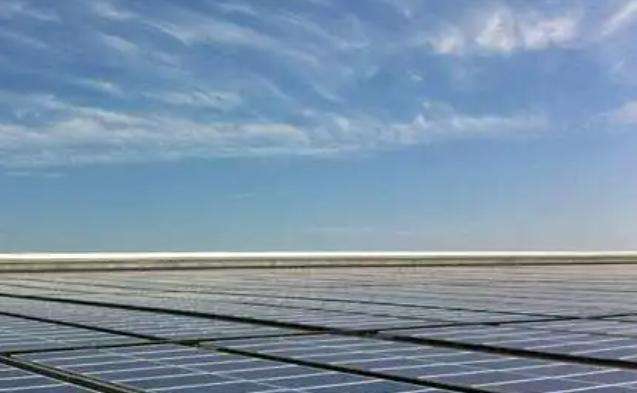Different appearances and uses.
1. The spiral blades of the UAV Maple Leaf are composed of four spiral blades, and the UAV Maple Leaf is suitable for woods and complex terrain.
2. The spiral blades of the drone blades are composed of five spiral blades, and the drone blades are only suitable for open areas.
Why are the fan blades of wind turbines so narrow?
The motor will not burn after the fan blades of the motor are replaced from four to five. Because first: the power required by the fan (termed as wind friction consumption) accounts for a very small proportion of the entire power, and the power consumption will not increase due to this. Second: The air volume may change as a result, but the magnitude of this change is not enough to cause major changes in cooling conditions.
Based on the lever principle, the longer the lever arm, the smaller the force required, so long fan blades can also be blown by small winds. The larger the fan blade area, the greater the air resistance. If the fan blade is very wide and a strong wind blows, the fan blade will be blown over by the wind. Wind turbines are used to absorb wind energy rather than block wind energy. The three-leaf blades and low width (solidity) used now can absorb the wind energy to the maximum extent when rotated. If the blades are set wider, it will affect the airflow through the blade rotation plane, which is not conducive to the absorption of wind energy. When the wind speed v1 in front of the rotor rotation plane and the wind speed v2 behind the plane are in a certain ratio, the efficiency is the highest, which is 59.3%. In comparison, the so-called saving of materials, costs, and load issues are not major issues. The key is to use this form to achieve higher absorption efficiency. If you are interested, you can search for Bates theory and Ye Su theory. Does the low-solidity and few-blade wind rotor allow most of the airflow to escape? No. Low-solidity wind turbines operate at high speeds, and the linear speed of the blades is many times higher than the wind speed. They can sweep most of the passing airflow, leaving only a small part that does not pass through the blades. Most of the passing airflow drives the blades to rotate, and most of the wind energy be exploited. A lot of experiments have been done at home and abroad to select the appropriate number of blades. Two, three, and four blades are commonly used choices for wind turbines, with three blades being the most used. Of course, the choice of three blades also depends on the structural strength, manufacturing cost, noise, appearance and other reasons of the wind turbine. The multi-blade wind rotor has a large solidity and a relatively low wind energy utilization rate. But multi-blade wind rotors also have advantages. The output torque of a wind rotor with the same diameter is much greater than that of a small-blade wind rotor, and it has a strong starting ability at low wind speeds, so it is often used in rural water pumping and grinding. In areas with stable wind speed, especially low wind speed areas, it is possible to achieve better wind energy utilization effects by using wind turbines with 4 to 8 blades depending on different uses.














